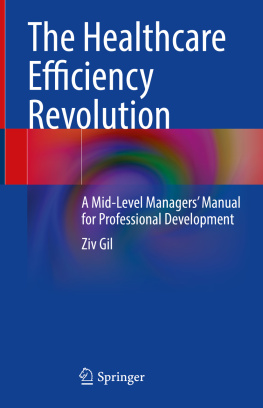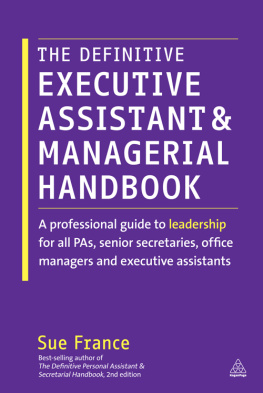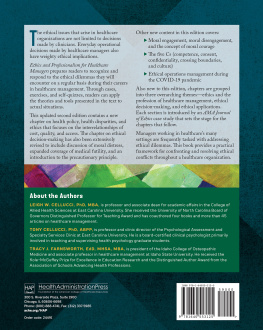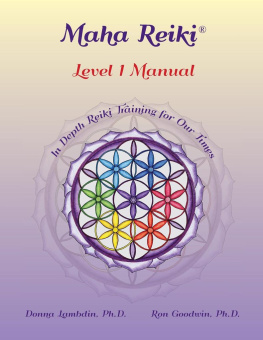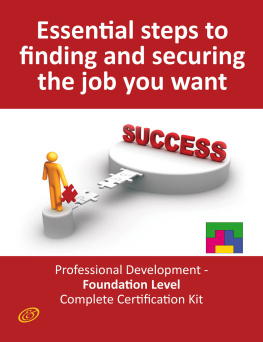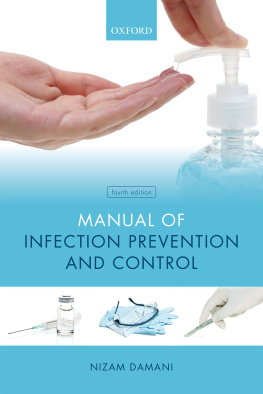Ziv Gil - The Healthcare Efficiency Revolution: A Mid-Level Managers’ Manual for Professional Development
Here you can read online Ziv Gil - The Healthcare Efficiency Revolution: A Mid-Level Managers’ Manual for Professional Development full text of the book (entire story) in english for free. Download pdf and epub, get meaning, cover and reviews about this ebook. year: 2020, publisher: Springer International Publishing, genre: Home and family. Description of the work, (preface) as well as reviews are available. Best literature library LitArk.com created for fans of good reading and offers a wide selection of genres:
Romance novel
Science fiction
Adventure
Detective
Science
History
Home and family
Prose
Art
Politics
Computer
Non-fiction
Religion
Business
Children
Humor
Choose a favorite category and find really read worthwhile books. Enjoy immersion in the world of imagination, feel the emotions of the characters or learn something new for yourself, make an fascinating discovery.
- Book:The Healthcare Efficiency Revolution: A Mid-Level Managers’ Manual for Professional Development
- Author:
- Publisher:Springer International Publishing
- Genre:
- Year:2020
- Rating:5 / 5
- Favourites:Add to favourites
- Your mark:
- 100
- 1
- 2
- 3
- 4
- 5
The Healthcare Efficiency Revolution: A Mid-Level Managers’ Manual for Professional Development: summary, description and annotation
We offer to read an annotation, description, summary or preface (depends on what the author of the book "The Healthcare Efficiency Revolution: A Mid-Level Managers’ Manual for Professional Development" wrote himself). If you haven't found the necessary information about the book — write in the comments, we will try to find it.
Ziv Gil: author's other books
Who wrote The Healthcare Efficiency Revolution: A Mid-Level Managers’ Manual for Professional Development? Find out the surname, the name of the author of the book and a list of all author's works by series.
The Healthcare Efficiency Revolution: A Mid-Level Managers’ Manual for Professional Development — read online for free the complete book (whole text) full work
Below is the text of the book, divided by pages. System saving the place of the last page read, allows you to conveniently read the book "The Healthcare Efficiency Revolution: A Mid-Level Managers’ Manual for Professional Development" online for free, without having to search again every time where you left off. Put a bookmark, and you can go to the page where you finished reading at any time.
Font size:
Interval:
Bookmark:
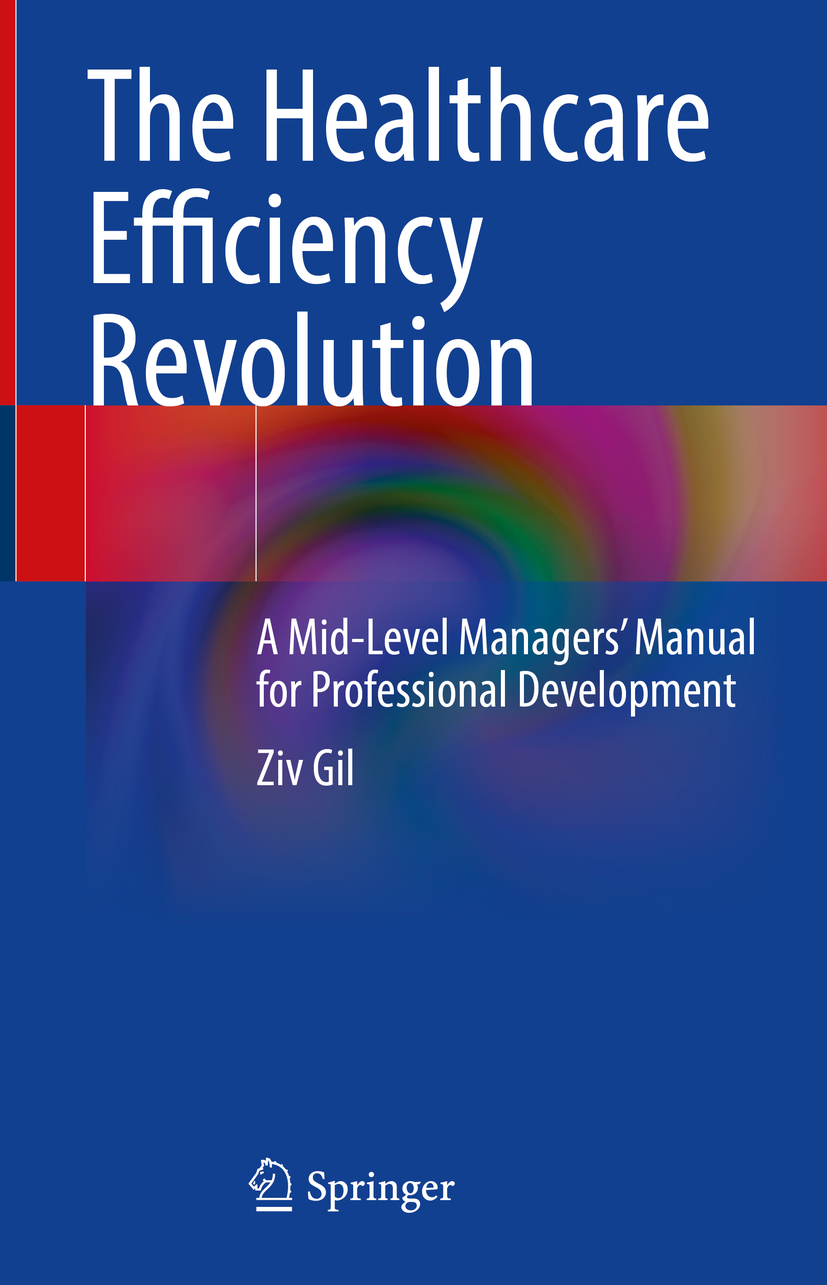

This Springer imprint is published by the registered company Springer Nature Switzerland AG
The registered company address is: Gewerbestrasse 11, 6330 Cham, Switzerland
To my patients who have trusted me with their care.
Many modern healthcare facility management issues are addressed in these pages. Numerous innovations are introduced. Theyre based on years of experience with and results produced from implementing new systems and approaches, which in turn were created by reverse engineering how things have typically been done and anticipating likely, even extreme scenarios. With this said, COVID-19 was something altogether different.
Dont misunderstand. The idea of a global pandemic wasnt off the radar screen. In this century, Ebola, SARS, and H1N1 presented serious challenges. In the early days of those outbreaks, it wasnt at all clear how virulent those diseases would be, how fast they might spread, or how well they could be contained. Ultimately, none confronted humanity on the scale of COVID-19. And yet, for all the demands this novel coronavirus has placed on hospitals and their staffs, theres a group of us, who work in a single department of one of Israels largest medical centers, the Rambam Health Care Campus, who felt about as well-prepared to weather this immense storm as the circumstances would permit. Our management modernizations over the past 8 years allowed us to continue to function and deliver healthcare services at the highest levels possible, despite the crisis.
It wasnt that we had planned for anything like a once-in-a-century event like COVID-19, its simply that we took and are continuing to take steps to raise our standards of communication, efficiency, and reliability. We implemented goals and metrics, and now have objective results to demonstrate that what weve done can serve many more patients, and produce better health outcomes without the need for increased expenditures.
What weve done isnt unique to us as individuals, our institution, or the national context within which we operate. Among the member states of the Organisation for Economic Co-operation and Development (OECD), there is hardly a hospital or healthcare facility that doesnt have untapped capacity. In some instances, the solution we discovered came by thinking outside the box. In many others, we chose to construct new boxes. The key to our success? Never let existing thinking box you in.
As COVID-19 spread across the planet, we all had to adapt to new ways of living. As healthcare professionals, our hospital and our daily work routines were completely upended. However, those changes also revealed how our new procedures had positioned us to best meet the coronavirus moment. When it hit, by necessity, it separated our entire department. No more than two or three of us could meet face-to-face at any one time. Like most hospitals around the world, all nonessential surgeries and treatments were cancelled. This allowed our institution to scale back to an operational level that was 30% of capacity. Patients receiving consultations and treatments in our departmental clinic were reduced by 80%. Our staff was not only separated physically, but by time, as we were working different shifts. There was never more than 30% of our departmental staff present in the hospital at any given time.
In a significant way, the changes imposed on us by COVID-19 ran counter to what weve built. Ours is a multidisciplinary, holistic approach to serving patients. This allows us to foster meaningful connections between peopleconnections between staff members, and connections between staff and patients. We werent prepared to have those personal contacts severed. Nevertheless, the coronavirus experience illuminated strengths in our model, which created opportunities to learn lessons that will make our system better years after the COVID-19 epidemic enters the history books.
Heres one example of how our philosophy-in-action was a boon to us when the pandemic hit. In hospitals the world over, senior departmental managers and vice chairs typically conduct their daily rounds with 15-20 people in tow. Many have been doing this for years, if not decades. However, with COVID-19, they suddenly had to adjust to smaller, scaled-down rounds. We didnt face that dilemma. Eight years ago, we came to the conclusion that grand hospital rounds werent offering any significant benefit to staff or patients. Our shift to smaller rounds didnt negatively affect the professionalism of our doctors, nor the quality of medical services we provide to our patients in the slightest. The precious time of personnel and the needs of those in our care are much better served by small rounds. If there are lessons for other physicians and nurses to learn from a given set of rounds or a particular case, there are other ways that people can get at this knowledge, including through the use of recordings that are archived, indexed, and available for on-demand playback.
Our innovations have also included embracing the idea that, to the degree possible, a healthcare institution should never be solely reliant on a single expert in a given medical arena. For example, in our OtolaryngologyHead and Neck Surgery department, there are a variety of explicit and associated disciplineshead and neck, otology, laryngology, rhinology, skull base surgery, facial reconstruction, microvesicle reconstruction, and pediatrics. Weve worked hard make sure that were never dependent on just one person in any given field. By identifying at least two physicians from each discipline, it doesnt matter whether one individual is stuck in quarantine or simply taking a sick day, we dont have to shut any particular service area down. The regular flow of our patients continues normally. Neither we, internally, nor those who are scheduled for our clinics and ORs need ever be inconvenienced.
Font size:
Interval:
Bookmark:
Similar books «The Healthcare Efficiency Revolution: A Mid-Level Managers’ Manual for Professional Development»
Look at similar books to The Healthcare Efficiency Revolution: A Mid-Level Managers’ Manual for Professional Development. We have selected literature similar in name and meaning in the hope of providing readers with more options to find new, interesting, not yet read works.
Discussion, reviews of the book The Healthcare Efficiency Revolution: A Mid-Level Managers’ Manual for Professional Development and just readers' own opinions. Leave your comments, write what you think about the work, its meaning or the main characters. Specify what exactly you liked and what you didn't like, and why you think so.

